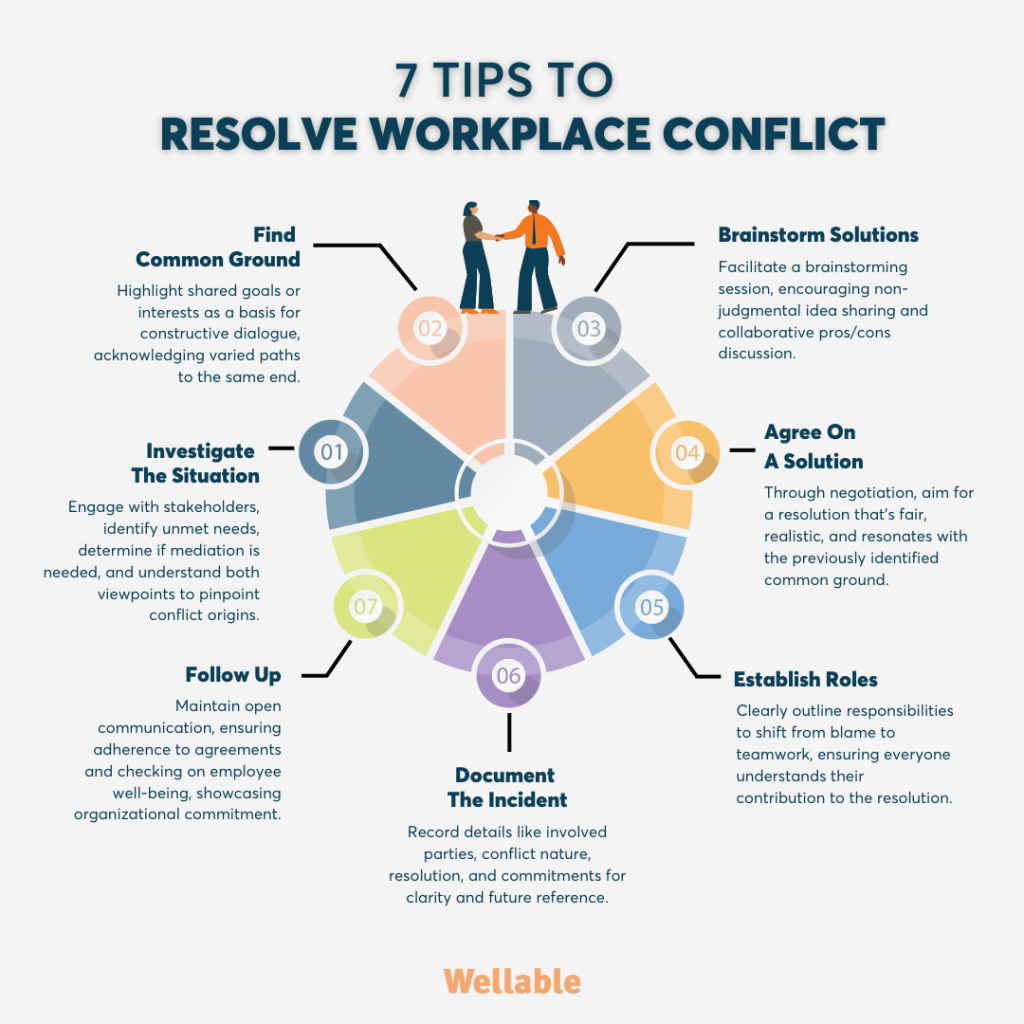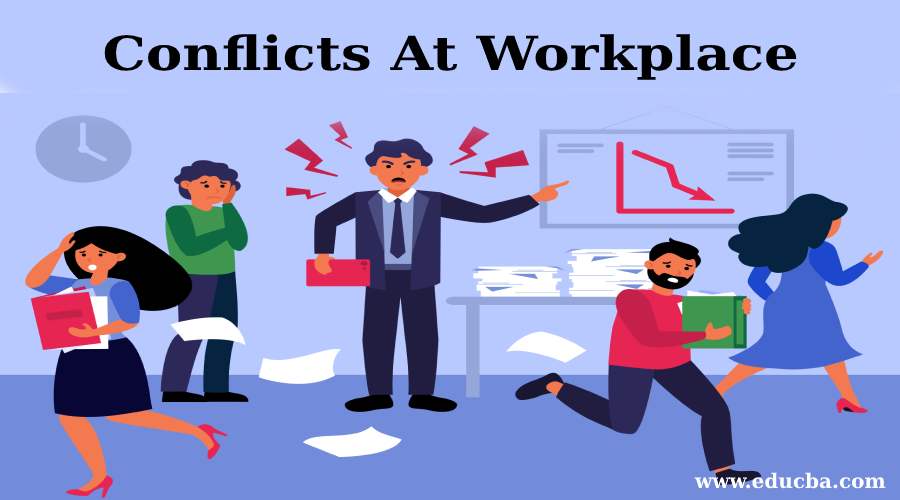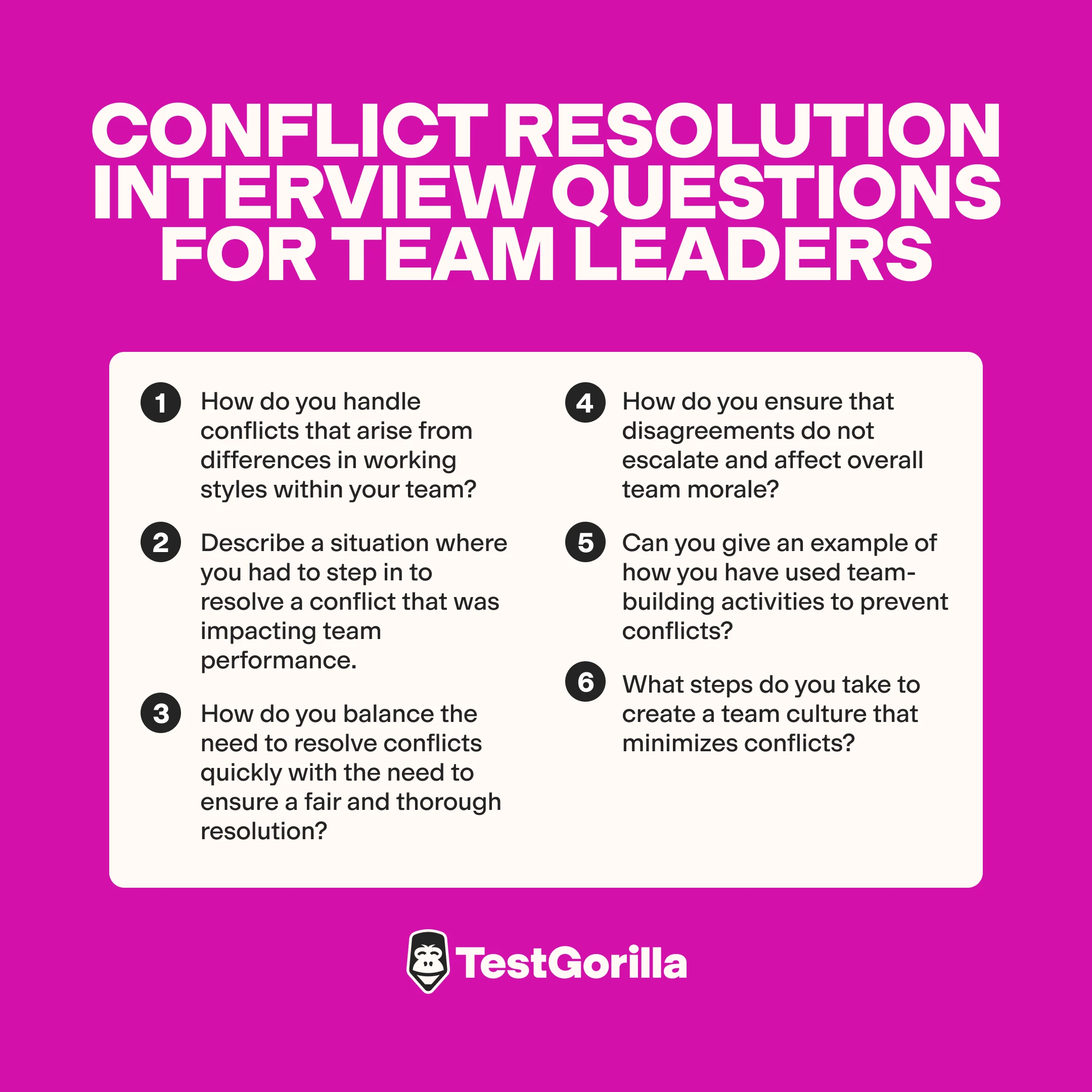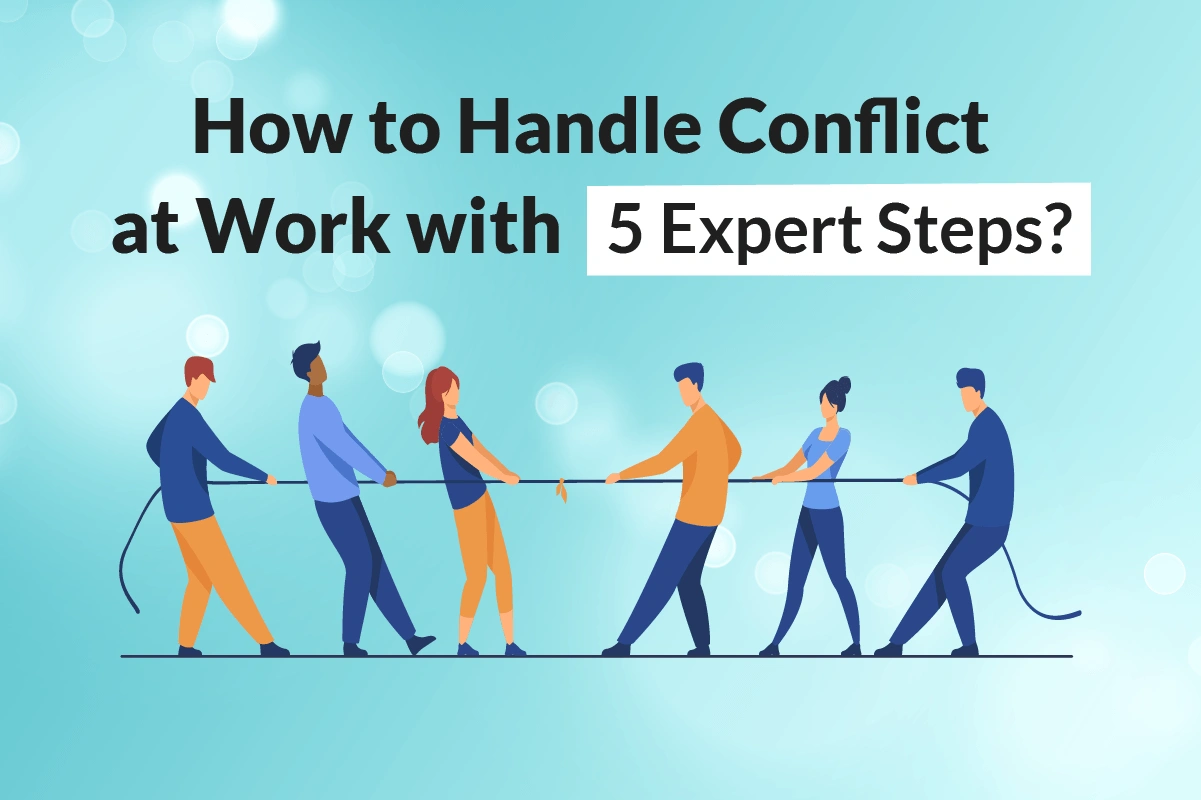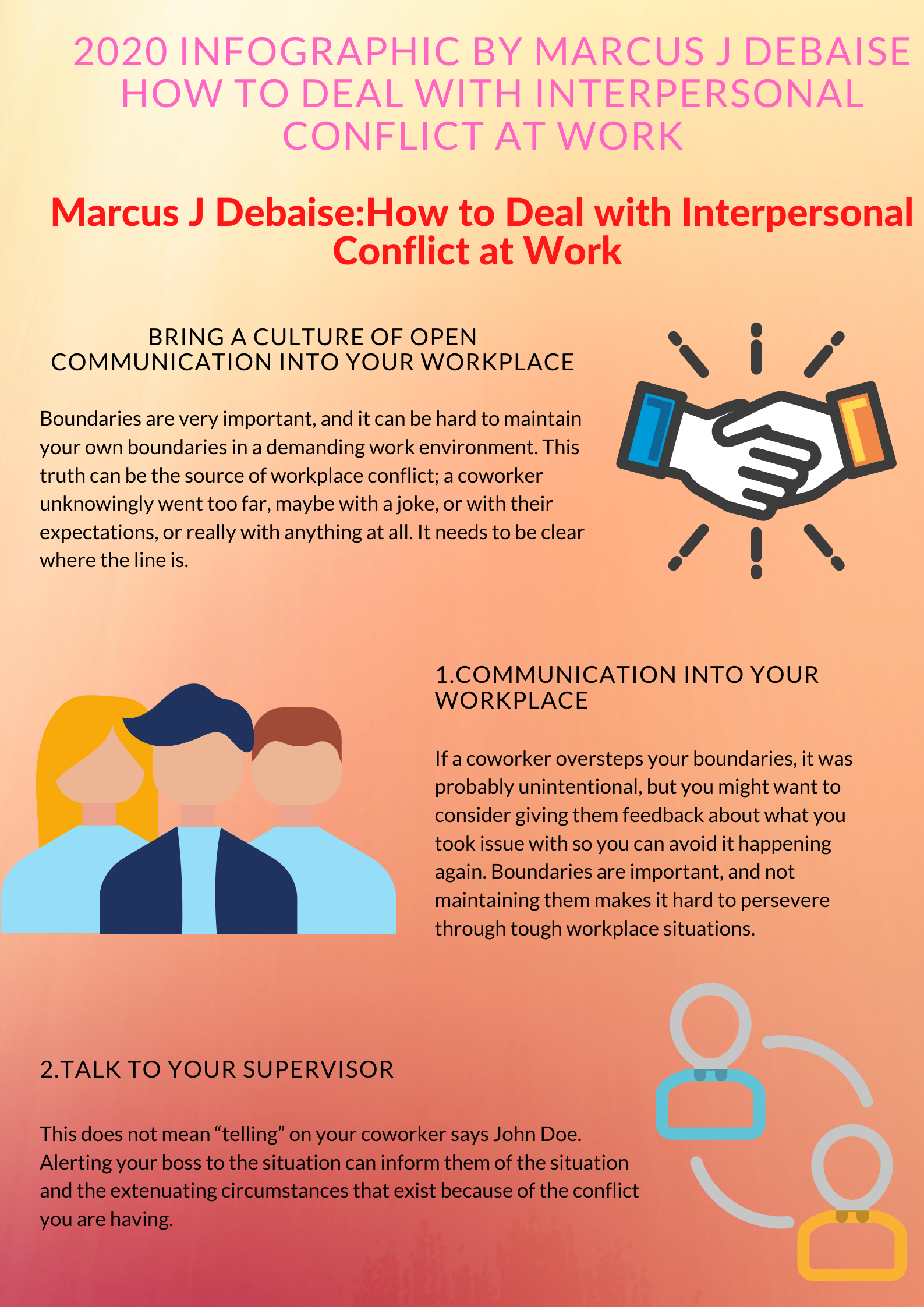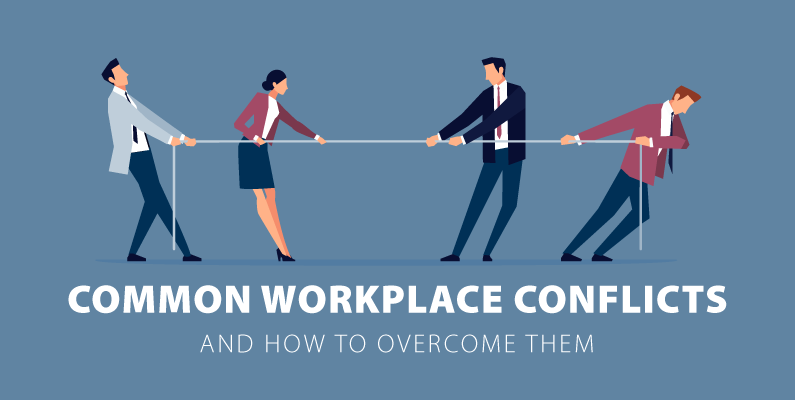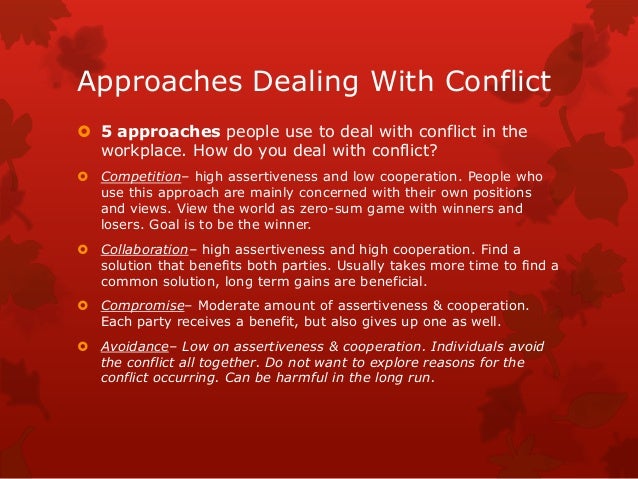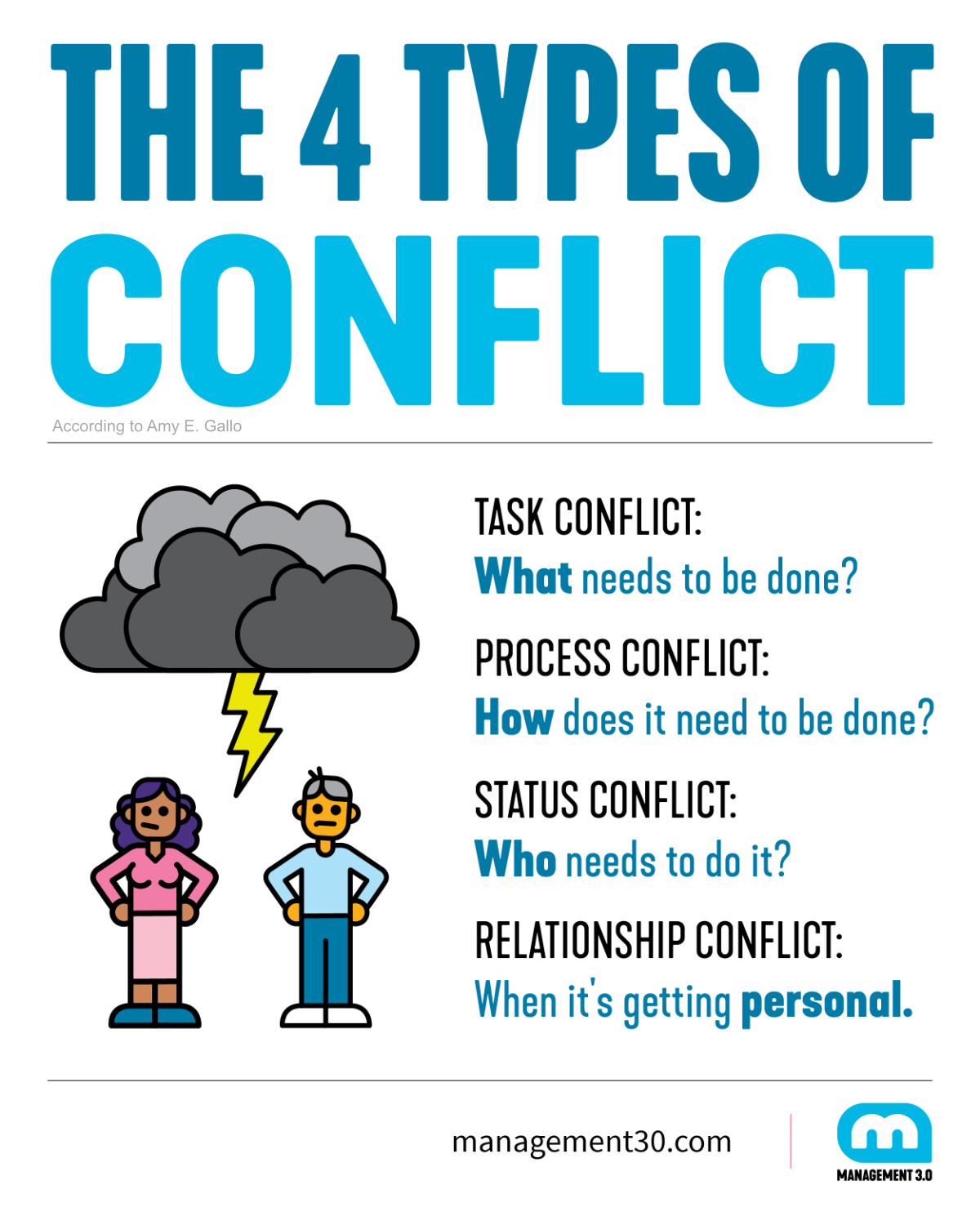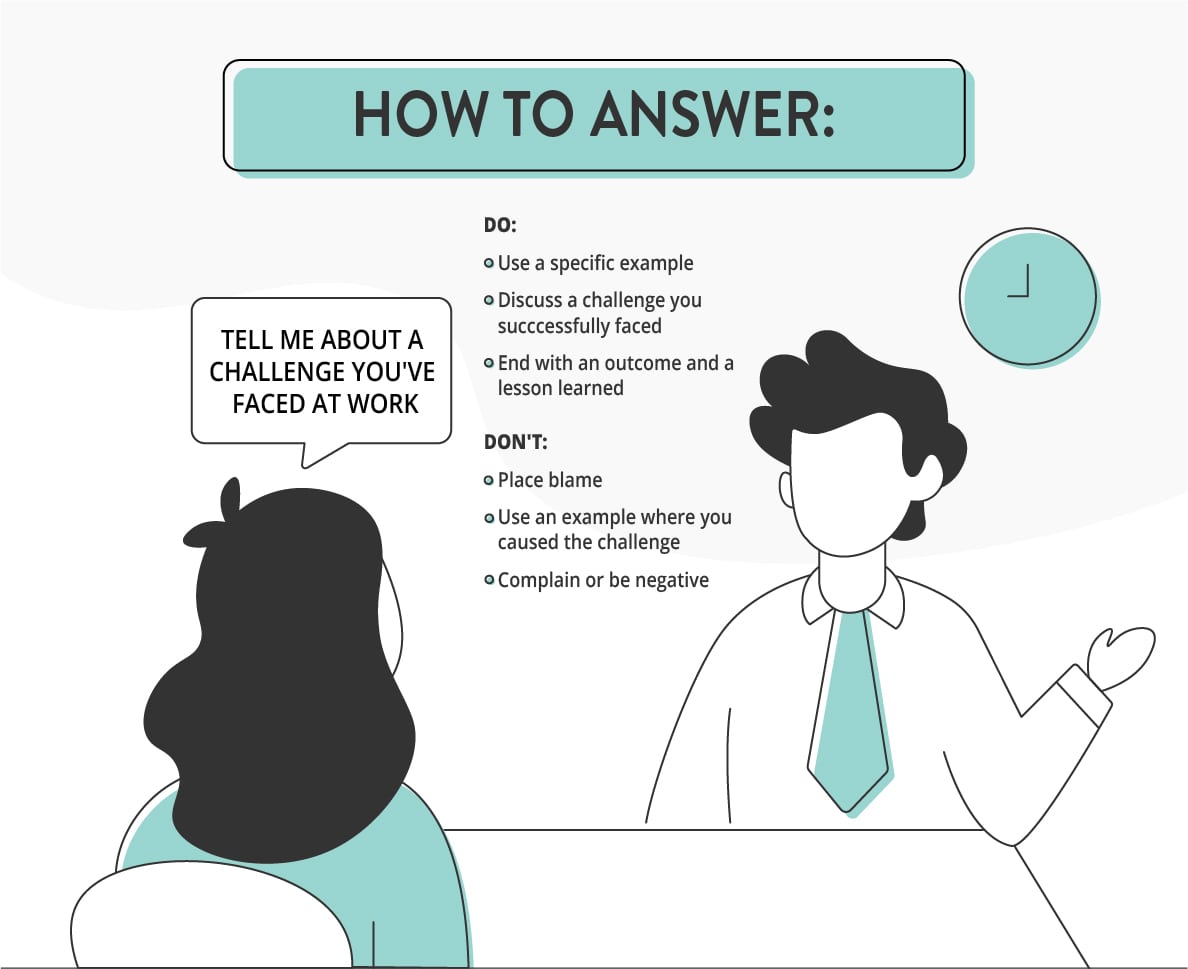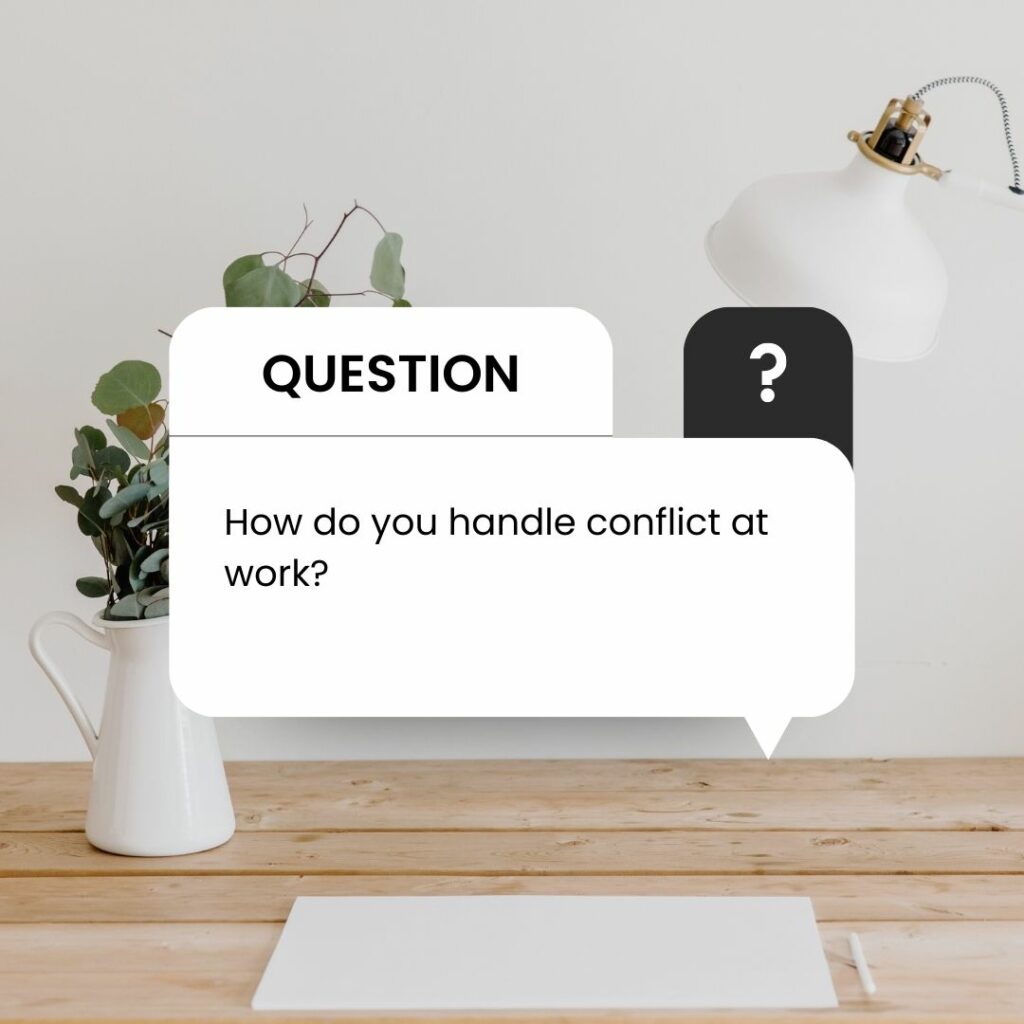How Do You Handle A Conflict At Work
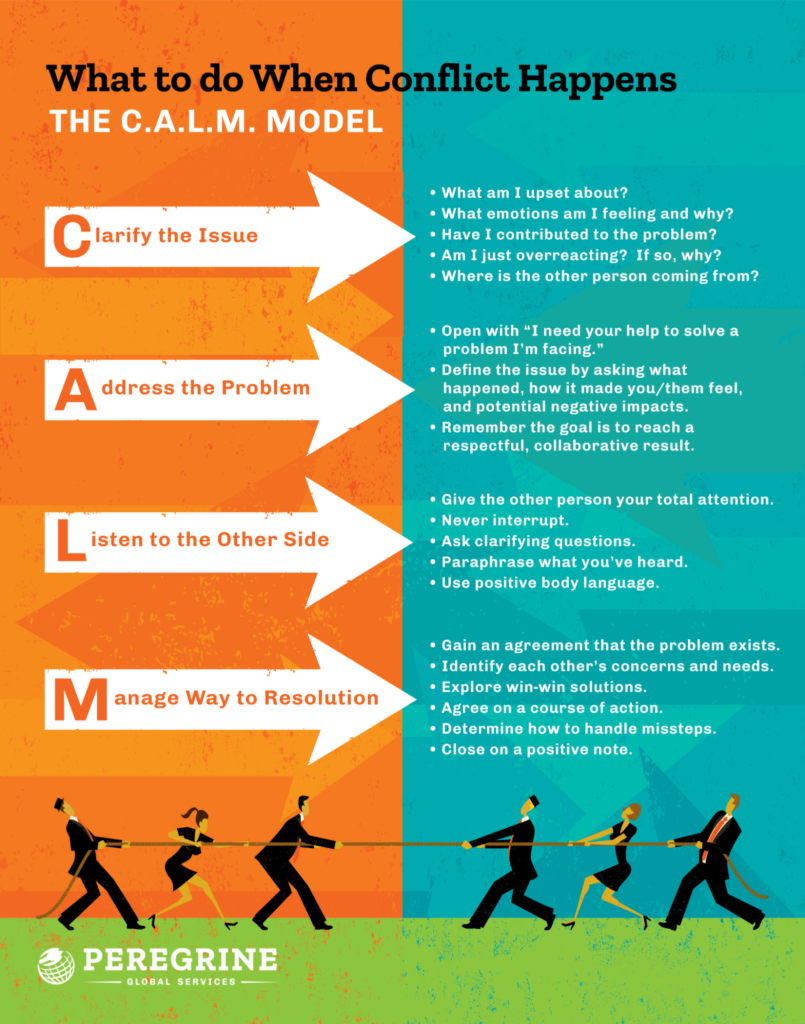
Workplace conflict, an inevitable part of professional life, can range from minor disagreements over project approaches to deeply rooted personality clashes. Unresolved, these conflicts can poison team morale, stifle productivity, and even lead to employee attrition. Understanding how to navigate these challenging situations is crucial for both individual career success and organizational health.
This article delves into the multifaceted world of workplace conflict, providing practical strategies and insights for effective resolution. It will explore various approaches for handling disagreements, emphasizing the importance of communication, empathy, and a commitment to finding mutually acceptable solutions. We will draw upon expert opinions and research to offer a balanced perspective on how to transform conflict from a destructive force into an opportunity for growth and improved collaboration.
Understanding the Roots of Workplace Conflict
Conflicts in the workplace often stem from a variety of sources. These can include differences in working styles, communication breakdowns, competition for resources, or conflicting goals.
According to a 2023 report by the Society for Human Resource Management (SHRM), poor communication is a significant contributor to workplace disputes. A lack of clarity in expectations, instructions, or feedback can easily lead to misunderstandings and friction among colleagues.
Common Conflict Triggers:
- Personality clashes: Incompatible personality types can create tension.
- Communication Styles: Different communication preferences can cause misinterpretations.
- Resource Scarcity: Competition for limited resources breeds conflict.
- Value Differences: Disagreements on ethical principles or company values.
Strategies for Conflict Resolution
Successfully resolving workplace conflict requires a proactive and thoughtful approach. It is important to choose the right strategy based on the specific situation and the personalities involved.
One commonly recommended method is active listening. This involves paying close attention to the other person's perspective, asking clarifying questions, and demonstrating empathy.
Another crucial element is open communication. This means creating a safe space where individuals feel comfortable expressing their concerns and opinions without fear of judgment or reprisal.
Key Conflict Resolution Techniques:
- Active Listening: Fully concentrating, understanding, responding and then remembering what is being said.
- Mediation: Using a neutral third party to facilitate discussion and compromise.
- Collaboration: Working together to find a mutually beneficial solution.
- Compromise: Each party making concessions to reach an agreement.
The Role of Emotional Intelligence
Emotional intelligence (EQ) plays a critical role in managing workplace conflict. Individuals with high EQ are better able to understand and regulate their own emotions, as well as empathize with others.
According to Daniel Goleman, author of "Emotional Intelligence," EQ is a stronger predictor of success than IQ, particularly in collaborative environments. High EQ individuals are able to diffuse tense situations, build rapport, and find common ground.
Developing emotional intelligence involves self-awareness, self-regulation, social skills, empathy, and motivation. These skills are not innate, and can be learned and improved through practice and training.
Preventing Conflict Before It Arises
Prevention is always better than cure. Organizations can implement policies and practices to minimize the occurrence of workplace conflicts.
One effective strategy is to establish clear communication protocols. This includes guidelines for how employees should communicate, provide feedback, and address concerns.
Another important step is to promote a culture of respect and inclusivity. This means valuing diversity, celebrating differences, and creating an environment where everyone feels heard and appreciated.
"Conflict is inevitable, but combat is optional." - Max Lucade, highlighting the importance of choosing constructive responses.
When to Seek External Help
In some cases, internal efforts to resolve conflict may prove insufficient. When disagreements escalate or become too complex, it may be necessary to seek external help.
This could involve bringing in a professional mediator, a human resources consultant, or even a legal advisor. These professionals can provide impartial guidance and facilitate productive dialogue.
It's important to recognize when a situation is beyond your capabilities and to seek assistance before it has a detrimental impact on the workplace.
The Future of Conflict Resolution in the Workplace
As workplaces become increasingly diverse and interconnected, the ability to effectively manage conflict will become even more critical. Organizations must invest in training and development programs to equip their employees with the skills they need to navigate complex interpersonal dynamics.
The focus will shift towards proactive conflict management strategies, such as building a strong organizational culture and promoting open communication. By creating a supportive and inclusive environment, companies can minimize the occurrence of conflicts and foster a more harmonious and productive workplace.
Ultimately, effectively managing conflict is not just about resolving disputes; it's about building stronger relationships, fostering creativity, and driving organizational success. By embracing conflict as an opportunity for growth, businesses can create a more resilient and thriving work environment.
